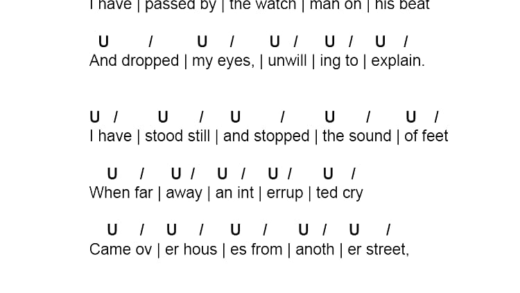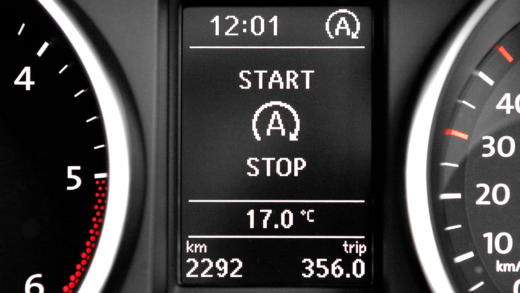Snow forms in clouds through the process of nucleation, where water vapor condenses into ice crystals. Weather forecasts can predict snow at freezing temperatures by analyzing atmospheric conditions, including humidity and temperature variations. Temperature directly influences whether precipitation falls as rain or snow, highlighting the importance of understanding these dynamics for accurate weather predictions.
Water Vapor at Low Temperatures: What Happens?
Precipitation types are heavily influenced by water vapor, particularly when temperatures drop to 30°F (-1°C). At this temperature, water vapor behaves differently than at higher temperatures. Below freezing, water vapor can undergo a process known as sublimation, where it transitions directly from a gas to a solid, forming ice crystals. These crystals can aggregate, leading to snowfall.
As temperatures decrease, the capacity of air to hold water vapor diminishes. For example, at 30°F, the air can only retain about half the moisture it could at 50°F. This reduction in moisture capacity means that when temperatures fall, any existing humidity can lead to the formation of frost or snowflakes instead of rain.
Understanding how water vapor behaves at low temperatures is essential for predicting snow and ice conditions. In meteorology, this knowledge helps forecasters determine whether a weather system will produce rain, snow, or a mix of both.
Humidity’s Impact on Precipitation Types
Humidity plays a crucial role in determining precipitation types. High humidity levels increase the likelihood of rain, while lower humidity can lead to snow or hail. When the atmosphere is saturated with moisture, the air can no longer hold the water vapor, resulting in precipitation.
For example, during a winter storm, if humidity levels are high and temperatures hover around freezing, the precipitation is more likely to fall as snow. Conversely, if temperatures are above freezing, the same humidity levels may result in rain. This relationship between humidity and temperature is vital for understanding weather patterns.
In summary, humidity significantly influences whether it rains, snows, or hails. A clear grasp of humidity’s role can enhance weather predictions and preparedness for different weather conditions.
The Atmosphere’s Role in Weather: Rain or Snow?
The atmosphere plays a decisive role in dictating whether precipitation will occur as rain or snow. Atmospheric conditions such as temperature, pressure, and humidity interact in complex ways to determine precipitation forms. For instance, when a warm front meets a cold front, the warm air rises over the cold air, leading to cooling and condensation of water vapor.
As the air cools, the moisture condenses, forming clouds. If the temperature is low enough, this condensation will result in snow. On the other hand, if the temperature is higher, the precipitation will fall as rain. Understanding these atmospheric dynamics is essential for meteorologists when forecasting weather.
In conclusion, the atmosphere’s conditions are key in predicting whether precipitation will fall as rain or snow. This knowledge can help individuals prepare for various weather scenarios.
Snow Above Freezing? Yes, It Can Happen!
Snow can indeed fall even when temperatures are above freezing. This phenomenon occurs due to several atmospheric conditions that influence the precipitation process. When snow forms in clouds, it can be created at altitudes where temperatures are well below freezing. As these snowflakes descend, they may pass through warmer air layers before reaching the ground.
For instance, if the air temperature is slightly above freezing, the snowflakes can survive the warmer air due to their crystalline structure. This can happen during specific weather patterns where cold air aloft supports the formation of snow, while the ground temperature is warmer. This is why meteorologists often predict snow at temperatures around 32°F (0°C) or slightly higher.
Understanding this can be crucial for preparing for unexpected weather conditions. For instance, if a weather forecast predicts snow but temperatures are above freezing, it’s wise to be ready for slippery conditions due to melting snow or sleet.
Different Types of Precipitation
Precipitation comes in various forms, including rain, snow, sleet, and hail. Each type has its own formation process, influenced by temperature and atmospheric conditions. Here’s a quick overview:
- Rain: Occurs when water droplets combine in clouds and fall when temperatures are above freezing.
- Snow: Forms when water vapor freezes into ice crystals in cold clouds, creating snowflakes that fall to the ground.
- Sleet: Happens when snowflakes melt into raindrops and then refreeze before hitting the ground.
- Hail: Forms in thunderstorms with strong updrafts, causing water droplets to freeze and layer before falling.
Each type of precipitation plays a vital role in the ecosystem, influencing water supply and weather patterns. Understanding these types helps in weather prediction and agricultural planning.
Temperature Variations: Ground Level vs. Higher Altitudes
Temperature variations between ground level and higher altitudes significantly affect precipitation forms. At ground level, temperatures might be mild, but just a few thousand feet up, it can be considerably colder. This temperature difference can lead to varying types of precipitation.
For example, while it might be 35°F (1.6°C) on the ground, the atmosphere above could be freezing, allowing snow to form in the clouds. Conversely, at higher altitudes, the air is typically colder, which can support more snow formation even when surface temperatures are warm.
This temperature gradient is crucial for meteorologists when forecasting weather. Recognizing how temperature shifts can affect precipitation types enables better predictions and preparedness for different weather scenarios.
The Snow Formation Process in Clouds
Snow formation in clouds is a fascinating process that begins with the presence of water vapor. When the air cools sufficiently, the water vapor condenses into tiny droplets. As these droplets collide and stick together, they can form ice crystals, especially in very cold clouds. This process is known as nucleation.
As ice crystals develop, they begin to grow by attracting surrounding water vapor. This additional vapor freezes onto the crystals, creating larger snowflakes. The intricate shapes of snowflakes are a result of the conditions they encounter while falling through the atmosphere, including temperature and humidity levels.
Interestingly, snowflakes can form even in clouds that are above freezing. This occurs when the clouds are cold enough at higher altitudes, allowing ice crystals to develop before the flakes descend through warmer air. Once they reach the ground, these flakes may either melt into rain or remain as snow, depending on the surface temperature.
Forecasting Snow at Freezing Temperatures
Weather forecasting can be tricky, particularly when predicting snow at temperatures around freezing. Meteorologists consider several factors when making these predictions. One key aspect is the vertical temperature profile of the atmosphere. If the air is warm near the surface but cold at higher altitudes, snow can still form in the clouds.
Forecasters utilize advanced technology and models that account for temperature variations. This helps them predict scenarios where snow might fall even if ground temperatures are slightly above freezing. For instance, when a weather system brings moisture and colder air aloft, it can lead to snowfall despite warmer ground temperatures.
Additionally, the presence of humidity can amplify this effect. High humidity levels combined with temperatures hovering around 32°F (0°C) can result in significant snowfall, even if the ground feels warm. This phenomenon emphasizes the importance of understanding atmospheric dynamics in weather predictions.
The Connection Between Temperature and Precipitation
Temperature plays a pivotal role in determining the type of precipitation received. As temperatures rise, the likelihood of rain increases, while lower temperatures favor the formation of snow. This relationship is crucial for understanding precipitation types and forecasting weather accurately.
When the air temperature is above freezing, water droplets can remain liquid and fall as rain. Conversely, if temperatures drop below freezing, the water vapor can freeze and fall as snow. This transition between rain and snow is influenced by the moisture content in the atmosphere and the temperature at various altitudes.
In conclusion, a clear understanding of how temperature influences precipitation types is essential for accurate weather forecasting. This knowledge not only helps in preparing for different weather conditions but also in planning for agricultural needs and water resource management.





Comments are closed.